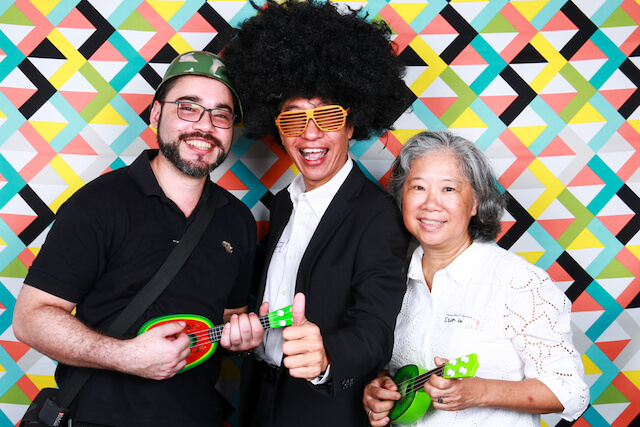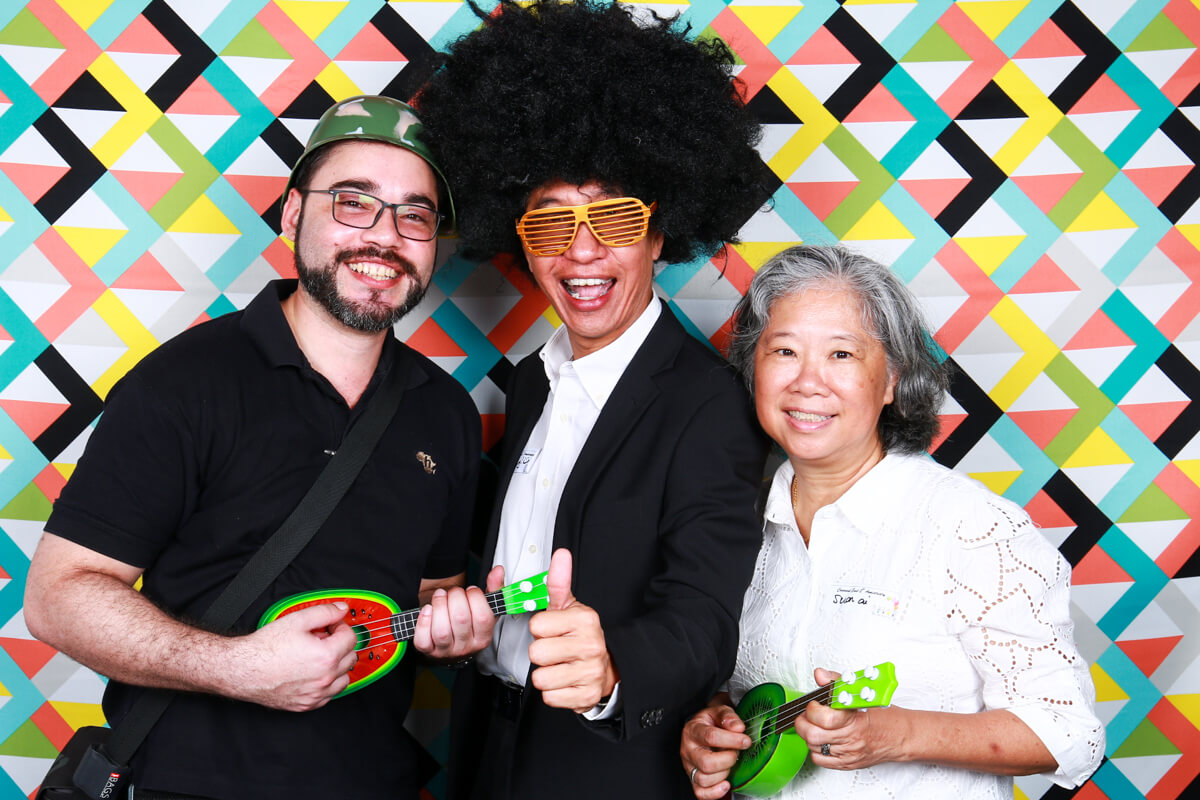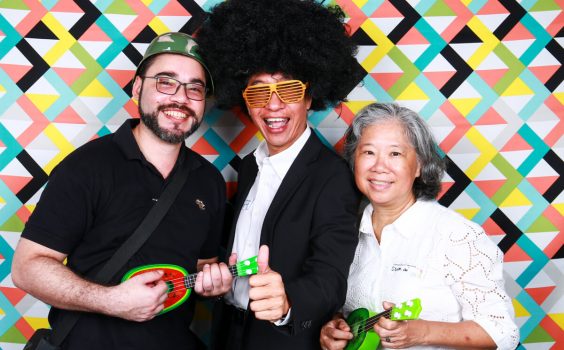
In Singapore, event photographers are expected to deliver good quality shots to their clients for each event. Photographers will typically have a large portfolio of their best pictures to show clients that they are able to deliver similarly good shots. While some may think that photography is an easy job, a lot of work goes into being a photographer. Besides gaining the experience to instinctively know which camera angles are the best for each situation, there is often work involved in planning for individual events and managing the time required to take certain shots. Unlike some jobs, photography requires commitment throughout the event duration. Even more than that, event photographers will also need time after the event for post-event production. They incorporate many crucial techniques in order to achieve the perfect shots that you see in the final product. Here are 3 tactics event photographers use to take and deliver the most stunning shots for each client.
Taking direction from each client
For event photographers, each job is distinctly different from the previous one. That’s because each client has different expectations of what should be delivered after the event. The event photographer might need to communicate with the client before the event and discuss their needs and expectations. Would they like more photos of the Guest-of-Honour? Or do they prefer more shots of the attending guests? Are there specific moments that the event photographer must capture, like the cutting of a ribbon or award presentation? These are queries that must be answered so the photographer is able to plan to take those specific shots. Then, it is up to the event photographer to work in line with the schedule for the event to maximise the photo opportunities available.
Versatile, mobile and ready equipment on the ground
Event photography is different from studio photography in that the photographer will need to be mobile and move around the event venue to take the photographs that they need. This means that they will need a camera that is able to take excellent photos in varying lighting conditions because there are no powerful studio lights available to them. This means a lot of experience is needed for the operation of the equipment, especially since the weather or lighting conditions, both indoor and outdoor, might constantly change. The photographer may also have to prepare themselves for a physically taxing day as event photography would often require a lot of standing and walking about over the event duration. Taking photos during events is requires quick thinking, wit and an eye for photo opportunities and those are skills that can only be developed through extensive photography experience.
Selecting & editing photos
After the event is completed and the photos are taken, the responsible photographer will need to complete the post-production process before the photos can be submitted to the client. This will often involve paring down perhaps hundreds or thousands of photos to a concise but complete album. The photographer will then also edit each photo individually. This can be a tedious process, especially when the lighting conditions can vary between shots. Because of this, the best event photographers will typically need about a week to curate and edit the photos for the client. This time is much needed to achieve the stellar photos that they deliver!
Conclusion
A great event photographer will certainly know how to generate the best photos for their clients. These are just a few of the techniques that they use to do so.


